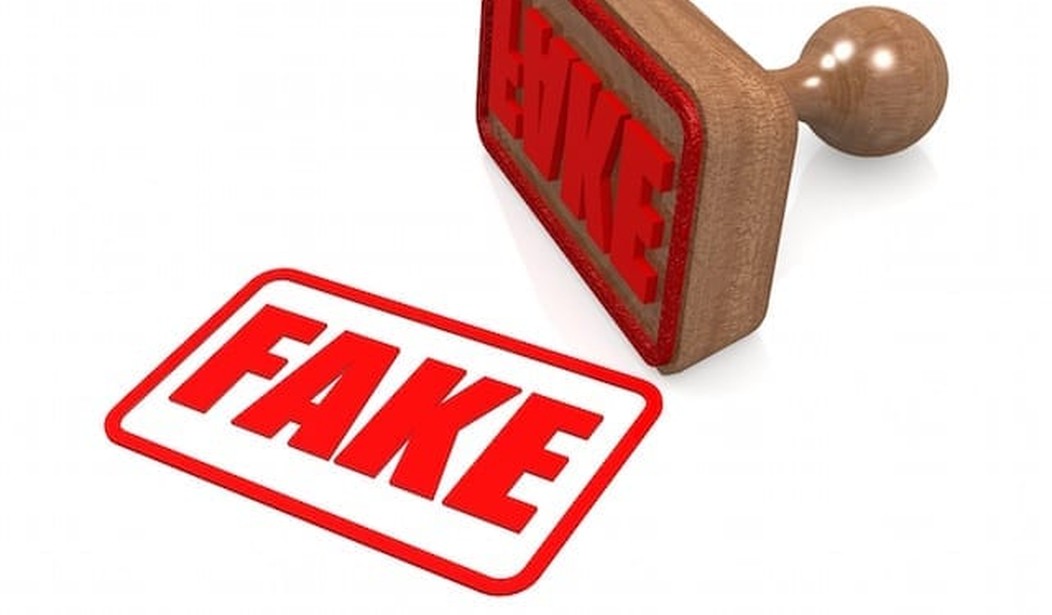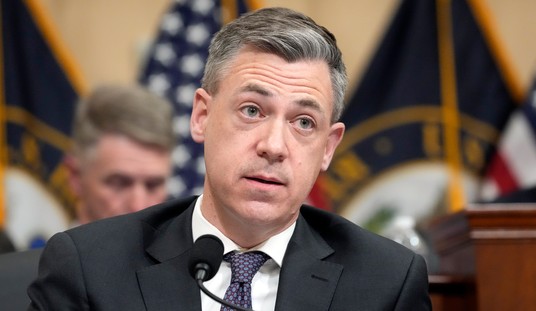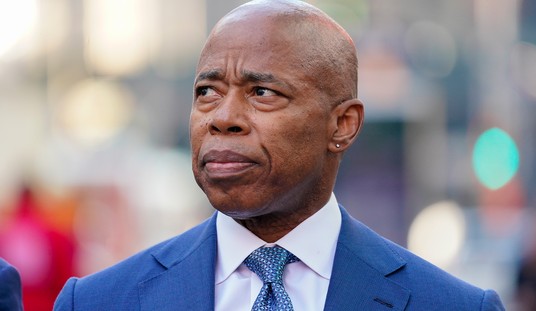The L.A.Times recently – and quite irresponsibly – posted a list of “fake news” websites, including sites that use “misleading headlines.” Many news consumers were outraged to find groups like IJReview.com, The Blaze and this very site listed alongside notoriously false organizations like AddictingInfo.com.
A lot of people are prone to posting false news from time to time. It isn’t uncommon. Outrageous headlines and celebrity death announcements are always easy clickbait. As several social media giants make moves to crack down on fake news, here are some tips to help you spot a fake news story or website right away.
- It’s a dot co – Not all .co sites are fake, however a tactic of fake news peddlers is to use the name of a reputable, mainstream site, integrate the .com into the name but buy a .co domain. They use alarming, salacious headlines to draw attention and generate clicks. Mainstream sites almost always have a .com or .net. ABC.com.co, TMZ.com.co, CNN.com.co – all these are fake addresses designed to trick the eye and pull the click. Dot com dot co is a dead giveaway. Rule of Thumb: dot com dot co is a “no-go”
- The headline is unbelievable – A tool that fake news sites depend on for your clicks is “bias confirmation.” The headline may be outrageous and shocking, but you share it because it confirms what you already believe about the topic. For instance, this headline about Stephen Bannon earned 17 thousand Facebook shares.
 The current hysteria surrounding Bannon has fostered an atmosphere ripe for a bias confirming headline like this. A quick perusal of the story makes it very obvious that it is “satire”…or at least wishful thinking. The headline is designed for headline readers who don’t ever read the body of the article. Rule of thumb: If the headline is unbelievable odds are it’s because it shouldn’t be believed (the “too good to be true” principle).
The current hysteria surrounding Bannon has fostered an atmosphere ripe for a bias confirming headline like this. A quick perusal of the story makes it very obvious that it is “satire”…or at least wishful thinking. The headline is designed for headline readers who don’t ever read the body of the article. Rule of thumb: If the headline is unbelievable odds are it’s because it shouldn’t be believed (the “too good to be true” principle). - There are no links in the article – Good bloggers almost always link back to some original source or corroborating quotes when breaking a story. If in an article you can find no source links and no direct video or audio there is a 99% chance it is completely fake. The Bannon story is a good example. Although he is amply “quoted” there are no hyperlinks to guide the reader to confirming stories, audio or video. There is no corroboration and no authentic sourcing. Legitimate bloggers always help their readers find more information, not less. Rule of thumb: No links, no thinks. Its garbage.
- The surrounding headlines are satirical – In this day and age of “dicking bimbos” and “grabbing p***y” and weird news from Florida it is understandable to fall for a satirical headline now and again. The truth is stranger than fiction nowadays. Building on #2 – “If the headline is unbelievable it probably isn’t to be believed” – if you’re just not sure, check out some of the other headlines on the site. A quick skim will usually out most hysterical headlines as simply a piece of entertainment on a satirical website. Here are a couple from that same site that published the Bannon post.


- Unrelenting click-trap advertising – It isn’t exclusive to fake sites, but a general rule is if the ads and pop-ups are nearly impossible to escape it is most likely a junk site. Buzzfeed recently ran an interesting (not-fake) article about Macedonian fake news farms that use falsified stories and unbelievable headlines to draw American eyes to their sites, which are no more than bait for ad blasts. Rule of thumb: too many ads? Probably bad.
- You’ve never heard of the site before – Citizen journalists break stories often. However, if you can’t find a major network corroborating the story within a few hours, that is a good sign it is a fake. All the premier blogs and networks employ dozens, even hundreds of employees to comb and monitor the deep web for breaking stories. There is a very slim chance that an earth-shattering story will go unnoticed by either the conservative or liberal mainstream media. It isn’t the definitive sign of a fake, but it is a valid one. Rule of Thumb: check multiple sources
Though these fake sites and headlines are annoying and bothersome, they are only the product of the free market internet. I’m quite uncomfortable with any agency or person making decisions about what is worthy of social media and what is not.
Sometimes we must allow the bad with the good, but that is no reason we can’t each do our own due diligence.













Join the conversation as a VIP Member